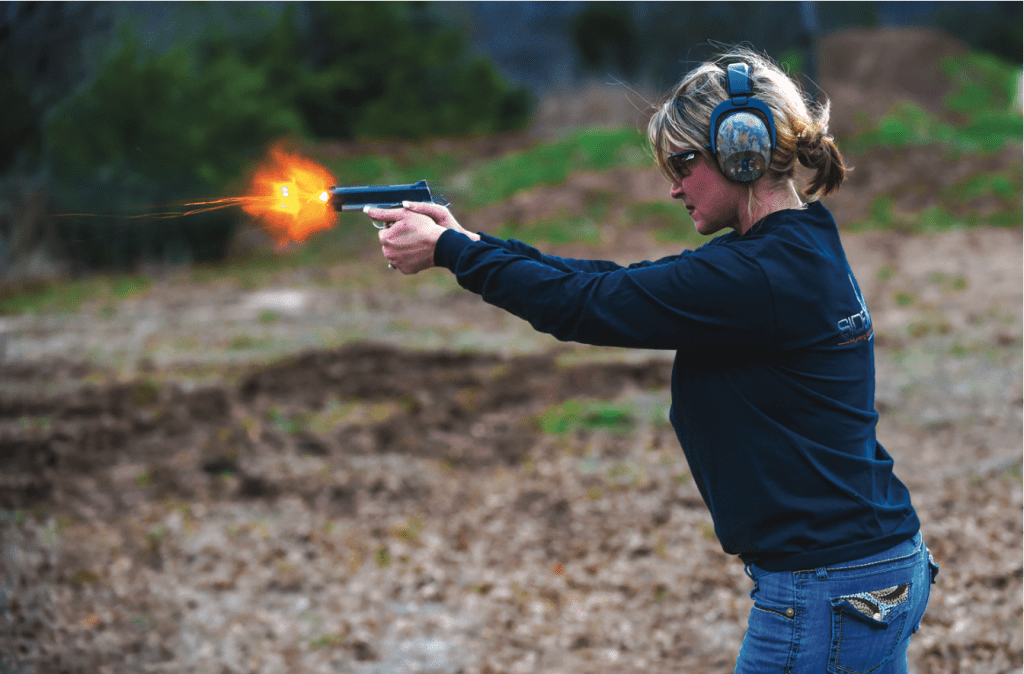Impulse Noise
Impulse noise refers to brief, sudden bursts of intense sound pressure that are significantly higher in magnitude than the ambient noise level. Common examples include gunshots, explosions, fireworks, and the striking of a hammer against a surface. Due to its abruptness and high intensity, impulse noise can pose severe risks to auditory health, including immediate and permanent hearing damage.

Characteristics of Impulse Noise
Impulse noise is distinguished by several key characteristics:
- Duration: Typically lasts less than one second.
- Intensity: The sound pressure levels can exceed 140 decibels (dB), far above the threshold of pain, which is around 130 dB.
- Sudden Onset: The rapid start of noise can startle, making it more harmful as the ear has no time to enact its natural defense mechanisms against loud sounds.
Measuring Impulse Noise – Sound Pressure Level (SPL)
Measuring impulse noise involves capturing the peak sound pressure level (SPL) and the duration of the sound. Specialized sound level meters equipped with peak detectors are used because the transient nature of impulse noise makes it difficult to measure with standard equipment. The data collected helps in assessing the potential damage to hearing and in developing protective measures.
Impact on Hearing
The impact of impulse noise on hearing can be profound:
- Immediate Effects: Exposure to impulse noise can lead to acute hearing loss, commonly known as temporary threshold shift (TTS), where hearing sensitivity diminishes temporarily but often recovers over time.
- Permanent Effects: Repeated exposures or particularly intense single exposures can cause permanent threshold shift (PTS), resulting in irreversible hearing loss. The damage occurs to the delicate structures within the inner ear, particularly to the hair cells that transmit sound to the brain.
Prevention and Protection
Protection against impulse noise is critical, especially in environments where such noise is prevalent (e.g., shooting ranges, industrial settings, and military operations). Here are some protective strategies:
- Earplugs and Earmuffs: Use of hearing protectors like earplugs and earmuffs can significantly reduce the amount of sound energy entering the ear. Devices with high Noise Reduction Ratings (NRR) are recommended.
- Environmental Controls: Where possible, controlling the environment to reduce the occurrence of impulse noise can be effective. This might include sound barriers, remote activation of noisy processes, and limiting the use of impulse noise-producing machinery.
- Education and Training: Educating individuals about the risks of impulse noise and proper hearing protection techniques is crucial, especially in occupational settings.
Why Take Impulse Noise Seriously?
Impulse noise is a dangerous type of environmental noise due to its intensity and suddenness. Understanding its characteristics, measuring its impact, and taking appropriate protective measures can help mitigate the risk of hearing damage. It is essential for individuals regularly exposed to impulse noise to use effective hearing protection and for organizations to enforce safety standards to protect their employees’ hearing health.
